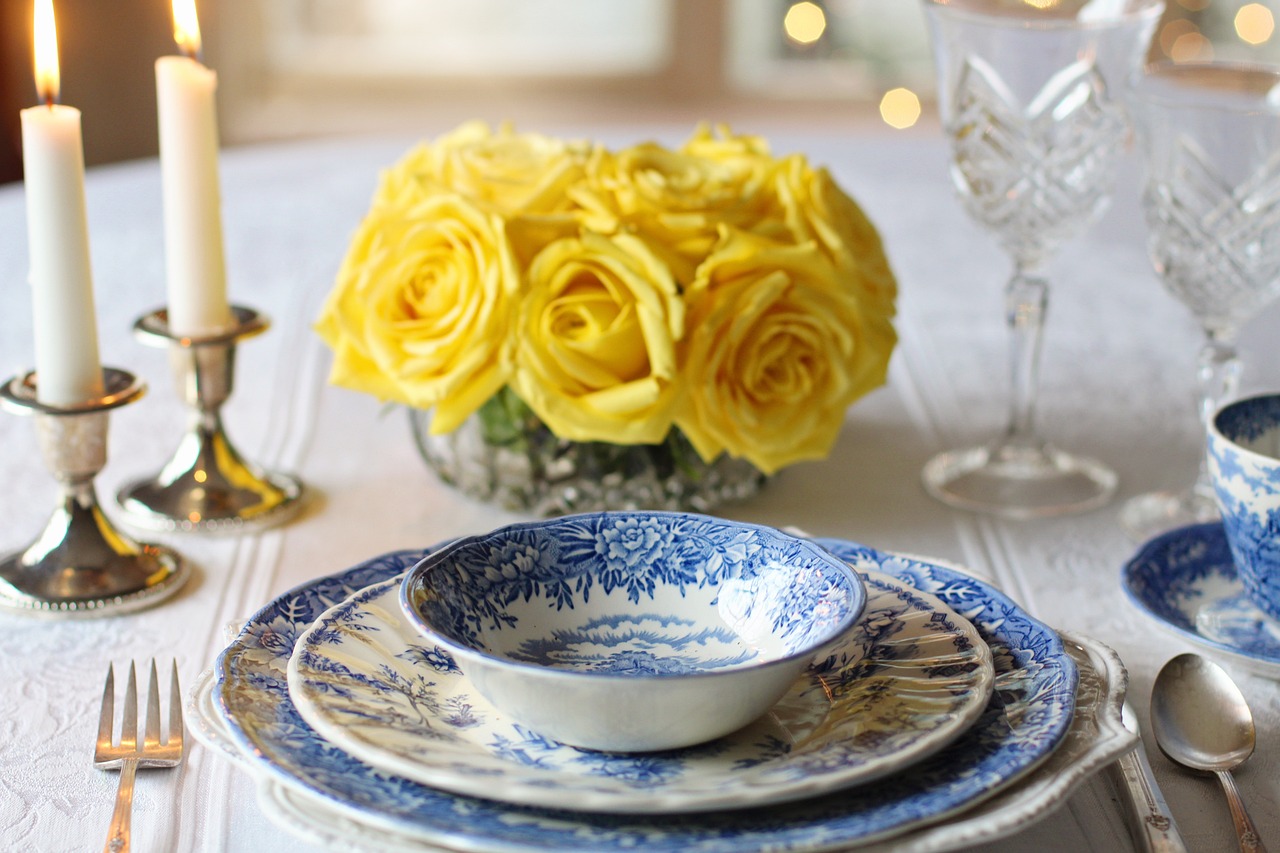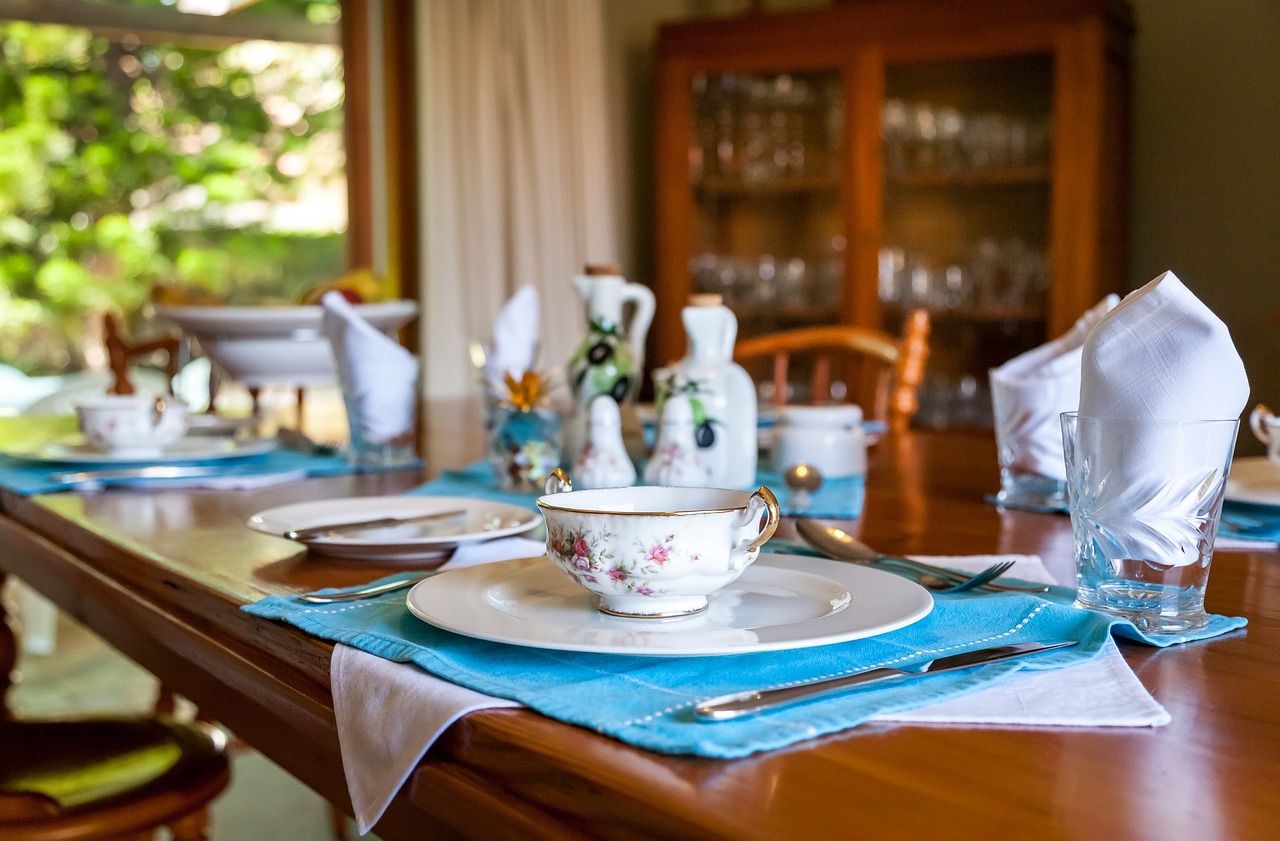Fine China, often regarded as a symbol of elegance, sophistication, and tradition, holds a revered place in both culinary and cultural history. Whether displayed in cabinets as a family heirloom or used for special occasions, its delicate beauty and craftsmanship continue to captivate collectors and enthusiasts worldwide. But what exactly makes Fine China so special, and why has it endured as one of the most coveted types of dinnerware for centuries? In this blog, we’ll explore the origins, characteristics, and enduring appeal of Fine China, and how it continues to be a cherished part of many households today.
What Is Fine China?
At its core, Fine China refers to high-quality porcelain, a type of ceramic material that is fired at a high temperature to achieve both translucency and durability. Unlike stoneware or earthenware, Fine China is typically made from a blend of kaolin (a type of clay), feldspar, and quartz, which results in a delicate yet strong product. The term “China” itself comes from the material’s origins in China, where it was first developed over 1,000 years ago.
Fine China is distinguished from other types of dinnerware not just by its material, but also by its intricate design and often elaborate decorations. The term can encompass a range of porcelain products, from tea sets and dinner plates to vases and decorative items, with each piece often featuring hand-painted designs, gilded accents, or gold leaf patterns. Some of the finest examples of China are often considered collector’s items due to their rarity and craftsmanship.
The History and Origins of Fine China
The history of Fine China dates back to the Tang Dynasty (618–907 AD), but it was during the Yuan Dynasty (1271–1368 AD) that porcelain manufacturing techniques truly advanced. The Chinese mastered the art of making porcelain so fine and translucent that it could almost be seen through, a characteristic that helped distinguish their pottery from other ceramics.
Chinese porcelain became a highly sought-after commodity in the West, particularly during the 16th and 17th centuries, when European traders, especially the Portuguese and Dutch, began importing Chinese porcelain goods to Europe. The demand for Chinese porcelain skyrocketed, and by the 18th century, European manufacturers like Meissen in Germany and Sevres in France began to create their own versions of Fine China. They adopted Chinese techniques, but also incorporated their own artistic styles, producing porcelain pieces that were often lavishly decorated with floral patterns, mythological scenes, or depictions of daily life.
In the centuries that followed, China’s dominance in the porcelain industry began to wane, but the legacy of Fine China remained firmly established. Today, countries like England, France, and Germany continue to produce Fine China, with renowned brands like Royal Worcester, Wedgwood, and Limoges carrying on the tradition.

The Characteristics of Fine China
What sets Fine China apart from other types of dinnerware? There are several key characteristics that contribute to its distinction:
Translucency and Strength: Fine China is known for its thin, delicate appearance, but despite its fragile look, it is remarkably durable. The firing process results in a smooth, hard surface that can withstand daily use. Additionally, Fine China’s translucency is one of its most striking features: when you hold a piece up to the light, it should let some light pass through, giving it an ethereal glow.
Smooth Texture: Unlike stoneware, which can have a grainy or textured finish, Fine China typically has a smooth, polished surface that feels luxurious to the touch. This is due to the high-quality clays and materials used in its production.
Decorative Detail: Fine China pieces often feature intricate designs, many of which are hand-painted. Common motifs include floral patterns, gold or platinum accents, and depictions of landscapes or animals. The level of detail and artistic expression on these pieces is a hallmark of the finest craftsmanship.
Color and Finish: Fine China is often finished with a glossy glaze that enhances the vibrancy of the colors and designs. The colors themselves are typically rich and deep, with shades of blue, gold, green, and red being particularly popular in traditional patterns.
The Enduring Appeal of Fine China
Why does Fine China remain such a cherished commodity, even in today’s fast-paced, disposable culture? The answer lies in its blend of craftsmanship, artistry, and tradition.

Heritage and Tradition: For many families, Fine China is not just dinnerware; it is an heirloom passed down through generations. Owning a set of Fine China often carries sentimental value, as it represents a connection to the past, a link to family history, and a tangible reminder of special moments and celebrations.
Aesthetic Appeal: Fine China adds an undeniable touch of elegance to any table setting. Whether it’s a formal dinner party, a holiday meal, or an afternoon tea, serving food on Fine China elevates the experience. Its delicate patterns and glowing finish create a sense of occasion, turning an ordinary meal into something extraordinary.
Collectible Value: Certain brands of Fine China, particularly vintage pieces from renowned manufacturers, have become highly collectible. For example, Limoges porcelain from France or antique Wedgwood pieces can fetch substantial prices at auctions, making Fine China not only a beautiful and functional item but also a potential investment.
Symbol of Refinement: In a world where mass-produced dinnerware often dominates, owning Fine China is still seen as a status symbol. It represents a refined taste and appreciation for craftsmanship. This is why Fine China continues to be a popular gift for weddings, anniversaries, and other special occasions.
Caring for Your Fine China
Fine China requires some care to ensure it remains in pristine condition for generations to come. While it is dishwasher-safe in many cases, handwashing is often recommended to avoid potential damage. Avoid using abrasive cleaners, and always store pieces in a safe, cushioned environment to prevent chips or cracks.
Conclusion
Fine China is much more than just dinnerware—it is a work of art, a piece of history, and a symbol of tradition and elegance. Its delicate craftsmanship and timeless beauty have earned it a place in the hearts of collectors and connoisseurs, and it continues to be a symbol of refinement and luxury. Whether it’s adorning a table for a grand meal or carefully stored in a display cabinet, Fine China reminds us of the artistry and care that goes into creating something truly extraordinary. The Timeless.
